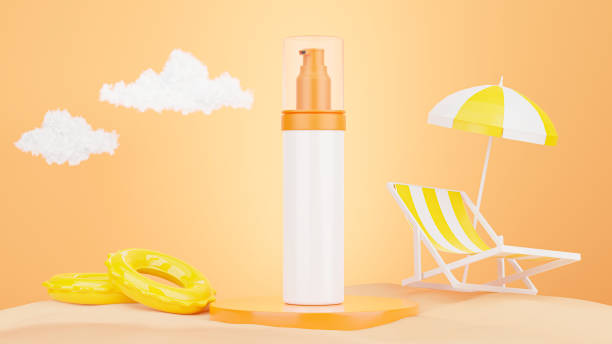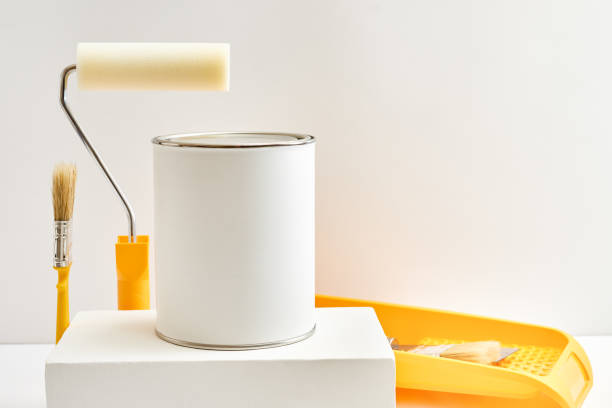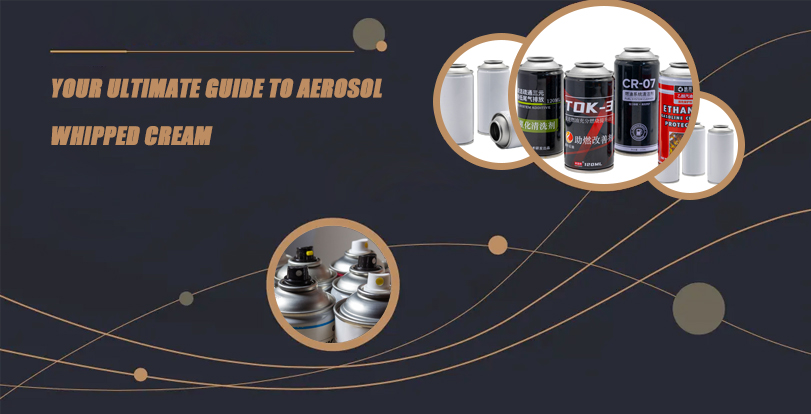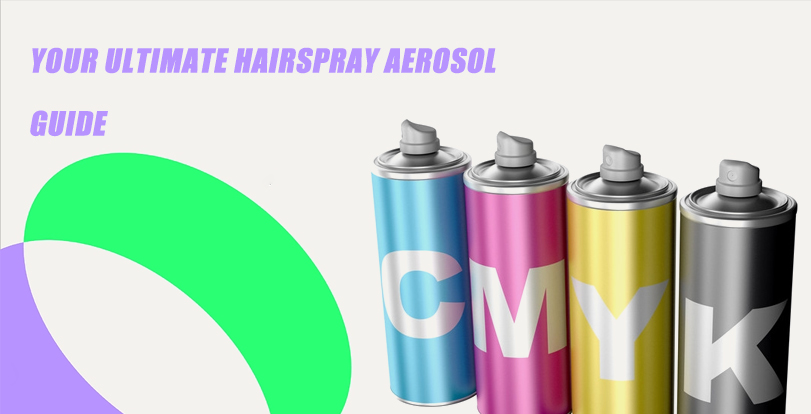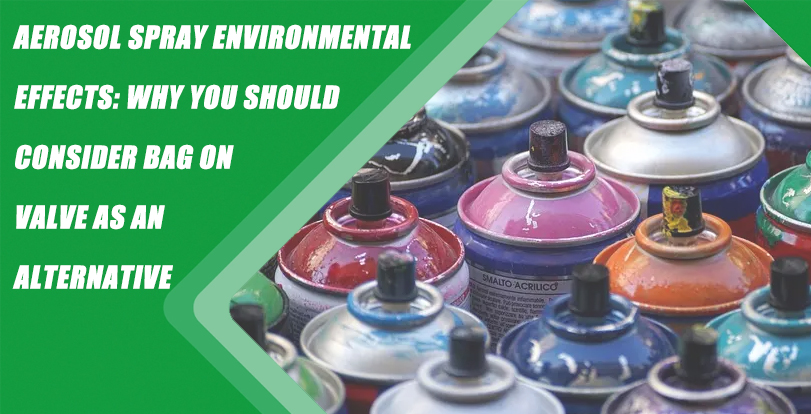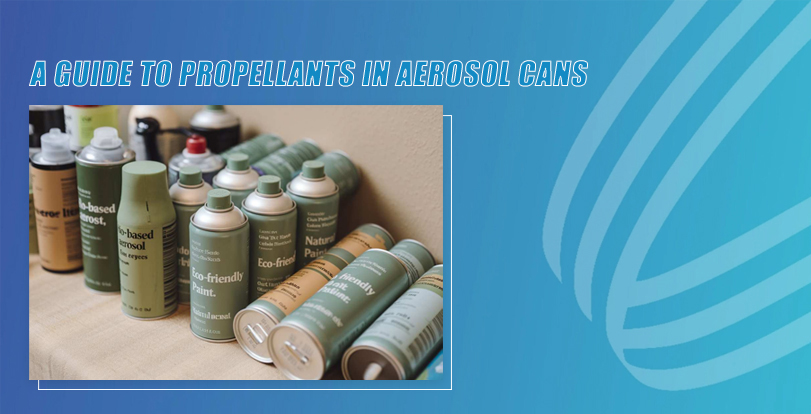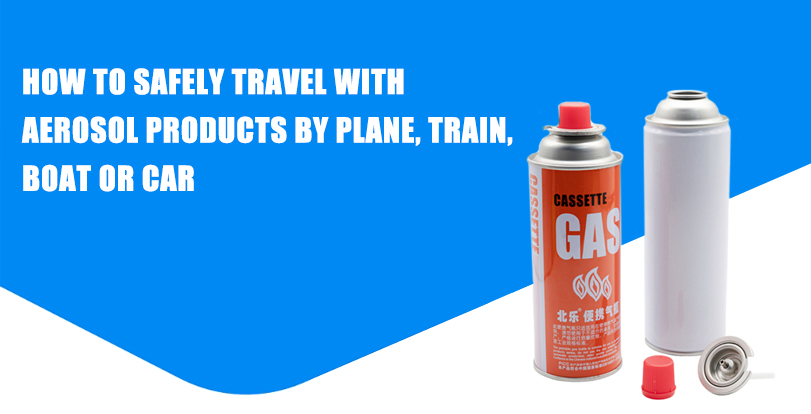That pre-vacation excitement is building! You’ve booked your flights, planned your itinerary, and are already dreaming of sunny skies. But as you start packing, a crucial question pops into your head: “Can I bring spray sunscreen on a plane?” It’s a common concern for travelers, and the answer, thankfully, is generally yes – but with some important rules and considerations to keep in mind.
As someone who loves to travel and never skips on sun protection, I’ve navigated the world of airport security with countless bottles and cans of sunscreen. I know how confusing the rules can sometimes be, especially when it comes to aerosols like spray sunscreen. That’s why I’ve put together this comprehensive guide to help you understand everything you need to know, ensuring your journey is as smooth and stress-free as possible.
Navigating TSA Rules: The Nitty-Gritty of Spray Sunscreen
The Transportation Security Administration (TSA) has specific guidelines for liquids, aerosols, and gels in both carry-on and checked luggage. Understanding these rules is key to getting your spray sunscreen through security without a hitch.
Spray Sunscreen in Your Carry-On Bag: ที่ 3-1-1 Rule
If you’re hoping to keep your spray sunscreen handy in your carry-on bag, you’ll need to adhere to the TSA’s 3-1-1 rule for liquids and aerosols. This rule states:
- 3.4 ออนซ์ (100 milliliters) or less per container: Each container of liquid, gel, or aerosol must be 3.4 ออนซ์ (approximately 100 milliliters) or smaller. This is a non-negotiable size limit for carry-on items.
- 1 quart-sized, clear, zip-top bag: All of these small containers must fit comfortably into a single, clear, quart-sized, zip-top bag.
- 1 bag per passenger: Each passenger is limited to one of these quart-sized bags.
So, what does this mean for your spray sunscreen?
If you want to bring spray sunscreen in your carry-on, it must be in a travel-sized container of 3.4 ออนซ์ (100 มล.) or less. Many popular sunscreen brands offer travel-sized versions of their spray sunscreens specifically for this purpose. These are your best bet for carry-on convenience.
Important Considerations for Carry-On Spray Sunscreen:
- Aerosol Regulations: While travel-sized aerosols are generally permitted, ensure the cap is secure to prevent accidental discharge.
- Placement for Screening: You’ll need to remove your quart-sized bag from your carry-on and place it in a separate bin for X-ray screening. This allows TSA officers to get a clear view of your liquids and aerosols.
- Officer Discretion: ในที่สุด, the final decision rests with the TSA officer on whether an item is allowed through the checkpoint. While spray sunscreen meeting the 3-1-1 requirements is generally fine, it’s always good to be prepared and polite.
Spray Sunscreen in Your Checked Luggage: More Flexibility, But Still Rules
If you prefer to bring a larger can of spray sunscreen or simply don’t want to worry about the 3-1-1 rule, packing it in your checked luggage is a great option. ที่นี่, the rules are more relaxed regarding size, but there are still some important considerations, particularly for aerosols.
- Quantity Limits for Aerosols: The Federal Aviation Administration (FAA) และ TSA have regulations concerning the total quantity of medicinal and toiletry articles, including aerosols, in checked baggage. For personal use, the total aggregate quantity per person must not exceed 2 kg (70 ออนซ์) หรือ 2 ล (68 fluid ounces). The capacity of each container must not exceed 0.5 kg (18 ออนซ์) หรือ 500 มล. (17 fluid ounces).
1. www.faa.govwww.faa.gov
- Protection from Accidental Release: This is a crucial point for spray sunscreens in checked luggage. The cap must be securely in place to prevent the contents from being accidentally released during transit. Some travelers even tape the cap down or place the can in a separate plastic bag for extra security. This not only prevents a mess in your suitcase but also addresses safety concerns about aerosol discharge in the cargo hold.
- Why the Rules? These regulations are in place for safety reasons. Aerosols are pressurized, and changes in temperature and pressure during a flight could potentially cause them to leak or, in rare cases, even burst if not packaged correctly or if the container is compromised.
Here’s a quick comparison table:
| คุณสมบัติ | Carry-On Luggage | Checked Luggage |
|---|---|---|
| Container Size | 3.4 oz (100 มล.) or less | Up to 17 fl oz (500 มล.) per container |
| Total Quantity | Must fit in one quart-sized bag | Max 70 oz (2 kg) หรือ 68 fl oz (2 ล) total for all toiletries/aerosols |
| Screening | Remove bag for separate screening | Screened with checked baggage |
| Accessibility | Accessible during flight (if needed) | Not accessible during flight |
| Convenience | Good for immediate use upon arrival | Better for larger quantities |
International Flights: Are the Rules Different?
โดยทั่วไป, the TSA’s 3-1-1 rule for carry-on liquids and aerosols is a widely accepted international standard. อย่างไรก็ตาม, it’s always a smart move to check the specific regulations of your destination country and any layover airports. Some countries might have slightly different interpretations or additional restrictions.
- Check with your airline: Your airline can often provide guidance on an individual country’s restrictions.
- Visit the airport’s website: The official website of the airports you’ll be transiting through or arriving at may have specific security information for passengers.
I once had a layover in an airport with a secondary screening at the gate for flights to the U.S., and they were quite strict about the 3-1-1 rule again, even if you’d already passed security elsewhere. So, being prepared is key.
Why the Fuss About Aerosols Anyway?
You might be wondering why aerosols, like your trusty spray sunscreen, get this special attention. It comes down to a few factors:
- Pressurization: Aerosol cans contain propellants that are under pressure. Changes in air pressure during flight could, in theory, affect these cans. Modern aerosol cans are designed to withstand these changes, but regulations are in place as a precaution.
- ความไวไฟ: Some aerosol propellants can be flammable. While the risk is generally low with personal care items like sunscreen, the rules are designed to minimize any potential hazard in the confined space of an aircraft.
- Accidental Discharge: If an aerosol can accidentally sprays its contents during a flight, it can create a mess, and in some cases, the fumes could be an irritant to other passengers. Securely capping your spray sunscreen is crucial.
Practical Tips for Traveling with Spray Sunscreen
Beyond just the rules, here are some practical tips I’ve learned over the years to make traveling with spray sunscreen easier:
- Buy Travel Sizes for Carry-On: It’s often simpler to purchase mini versions of your favorite spray sunscreen specifically for your carry-on. This saves you the hassle of decanting (which isn’t really feasible with aerosols anyway) and ensures you meet the size requirements.
- Double-Bag for Checked Luggage: Even with a secure cap, I always place my spray sunscreen (and other liquids) in a sealed plastic bag within my checked suitcase. This provides an extra layer of protection against leaks. Suitcase explosions of sunscreen are no fun – trust me!
- Consider Sunscreen Wipes or Lotions for Carry-On: If you want to avoid the aerosol issue in your carry-on altogether, sunscreen wipes or lotions in travel-sized tubes are excellent alternatives.
- Buy at Your Destination: If you’re really concerned about restrictions or don’t want to pack it, you can often buy spray sunscreen once you arrive at your destination. อย่างไรก็ตาม, be aware that prices might be higher in tourist areas, and your preferred brand might not be available.
- Check for Leaks Before Packing: Give your spray sunscreen can a quick once-over before packing. Ensure the nozzle isn’t already leaking and that the can isn’t damaged.
- Don’t Pack Flammable Aerosols (Beyond Toiletries): It’s important to distinguish between toiletries like hairspray and sunscreen, which are generally allowed in limited quantities, and other aerosols like spray paint or cleaning products, which are often prohibited entirely. Always check the FAA’s “PackSafe” guidance for a comprehensive list of what’s allowed and what’s not.
- Be Aware of “TSA Approved” Labels: While some products might be marketed as “TSA Approved,” it’s the contents and size that matter. Always ensure your spray sunscreen adheres to the 3.4oz/100ml rule for carry-ons, regardless of any labeling.
คำถามที่พบบ่อย: Your Spray Sunscreen Travel Questions Answered
Let’s tackle some frequently asked questions to clear up any lingering doubts.
Q1: Can I bring a full-sized can of spray sunscreen on a plane? ก: You can bring a full-sized can of spray sunscreen in your checked luggage, provided it is under 18 ออนซ์ (500 มล.) and the cap is secured to prevent accidental discharge. It is NOT allowed in your carry-on bag if it exceeds 3.4 ออนซ์ (100 มล.).
Q2: Does spray sunscreen count as a liquid for TSA purposes? ก: ใช่, aerosols like spray sunscreen are subject to the same TSA liquid rules (ที่ 3-1-1 rule) when packed in carry-on luggage.
Q3: What happens if my spray sunscreen is over the carry-on limit? ก: If your spray sunscreen in your carry-on exceeds 3.4 ounces or is not in your single quart-sized bag, TSA officers will likely confiscate it at the security checkpoint. You won’t have the option to check it at that point, so it’s best to pack it correctly from the start or place larger items in your checked bag.
Q4: Are there any specific brands of spray sunscreen that are banned? ก: เลขที่, the TSA does not ban specific brands. The rules apply to the size and packaging of the aerosol product itself, not the brand.
Q5: Can I bring multiple travel-sized spray sunscreens in my carry-on? ก: ใช่, as long as all your travel-sized containers (including other liquids, gels, and aerosols) fit comfortably within your single, quart-sized, clear, zip-top bag.
Q6: What about medicated spray sunscreens prescribed by a doctor? ก: TSA makes exceptions for medically necessary liquids, aerosols, and gels, which may be allowed in larger quantities than the standard 3.4 ounces in carry-on baggage. อย่างไรก็ตาม, you must declare these items to TSA officers at the checkpoint for inspection. It’s also advisable to carry a doctor’s note or prescription. While most sunscreens aren’t strictly “medically necessary” in this context unless for a specific prescribed condition, it’s worth knowing this rule exists for other items.
Q7: Will the pressure changes on the plane make my spray sunscreen explode? ก: It’s highly unlikely. Commercial aircraft cargo holds are pressurized and temperature-controlled. Aerosol cans are designed to withstand normal pressure changes. The primary concern is accidental discharge, which is why securing the cap is so important.
Q8: I’m flying a budget airline. Do they have stricter rules? ก: Airline rules generally align with TSA regulations for security purposes. อย่างไรก็ตาม, budget airlines might have stricter rules regarding the size and weight of carry-on and checked baggage in general, which is separate from the TSA’s rules about what types of items can be packed. Always check your specific airline’s baggage allowance.
The Bottom Line: Travel Smart with Your Spray Sunscreen
So, can you bring spray sunscreen on a plane? อย่างแน่นอน! The key is to know the rules and pack smart. For your carry-on, stick to travel-sized aerosols under 3.4 ออนซ์ (100 มล.) within your single quart-sized bag. For checked luggage, you have more leeway with size, but always ensure the cap is secure to prevent any messy surprises.
โดยทำตามแนวทางเหล่านี้, you can ensure your favorite spray sunscreen makes it to your sunny destination with you, ready to protect your skin so you can focus on enjoying your trip. Happy and sun-safe travels!
And when it comes to the quality and reliability of the cans that hold products like your essential spray sunscreen, it’s worth noting the expertise of manufacturers. ฟานซุน is a world-class can manufacturer and supplier that can provide products in different specifications and shapes, ensuring that the containers for many of the products we rely on are made to the highest standards. Their commitment to quality means you can trust the packaging of various aerosol products you might use daily or while traveling.















